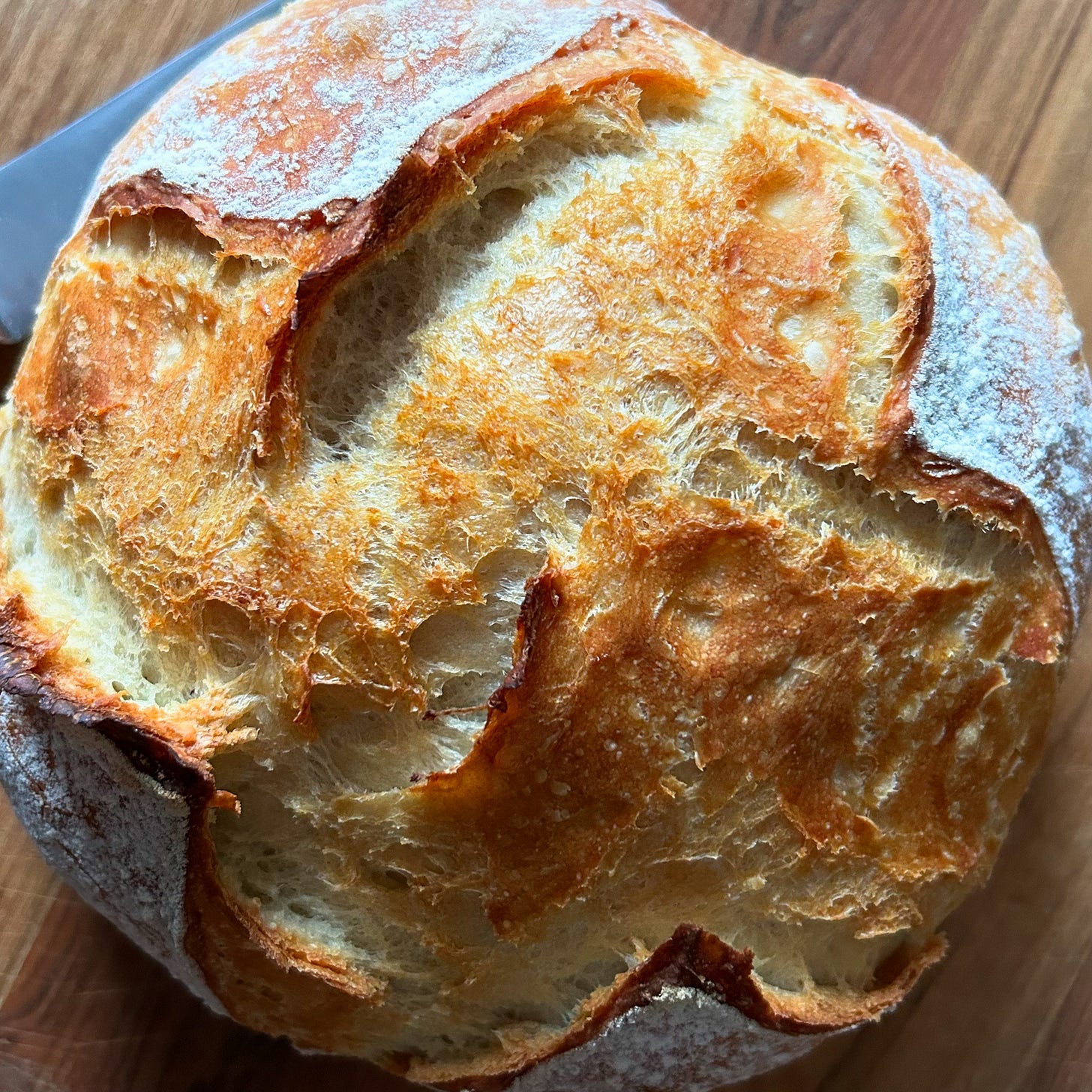Welcome to the second instalment of Artisan Bread 101. As we move through this series, I hope to show you how each element plays a key role in achieving bread success. Last week’s newsletter provided an overview of what artisan bread is and today we’re tackling one of the essential ingredients in artisan bread baking—yeast. Many of the questions in my inbox are about yeast, and since it is also the ingredient that distinguishes my less labour-intensive artisan breads from traditional sourdough recipes, it’s a great place to start.
The key to perfectly soft and pillowy bread dough lies in using high-quality yeast. Bread dough is made with just a few key ingredients, so the ingredients you choose are important. After a series of tests, I concluded that all-natural active dry yeast consistently performs the best, and it’s what I recommend for my artisan bread recipes.
We’ll go through:
What active dry yeast is and why I prefer to use it
How to use active dry yeast
Why you do not need to add sugar to yeasted bread recipes
Substitutions for active dry yeast
The most common question I receive about yeast
Why there is nothing to fear!
Even after hundreds of loaves, I almost always feel like my most recent bake was better than my last. Like anything else, the only way to learn is to get your hands in the dough and practice. In addition to this series, there are lots of tips in my recipes to help you along the way. The satisfaction you will feel is worth it!
You can find my Everyday Artisan Bread recipe here.
Today’s post is for paid subscribers, who also get full access to my archive, in-depth newsletters like this one and exclusive perks, including early access to recipes. If you choose to upgrade to a paid subscription, your support helps keep this newsletter going and allows me to expand my content offerings. Thank you!





